Erik van der Horst
The NederDrone: A hybrid lift, hybrid energy hydrogen UAV
Nov 08, 2020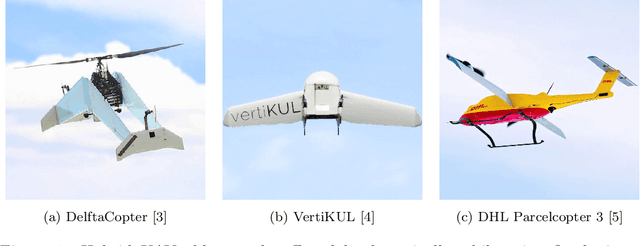
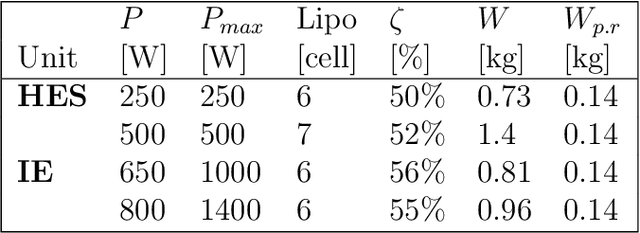
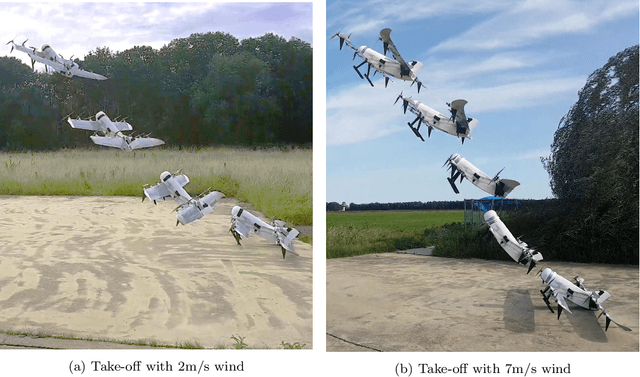
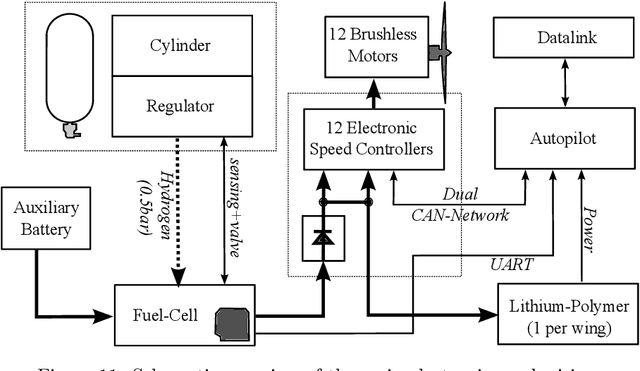
Abstract:A lot of UAV applications require vertical take-off and landing (VTOL) combined with very long-range or endurance. Transitioning UAVs have been proposed to combine the VTOL capabilities of helicopters with the efficient long-range flight properties of fixed-wing aircraft. But energy is still a bottleneck for many electric long endurance applications. While solar power technology and battery technology have improved a lot, in rougher conditions they still respectively lack the power or total amount of energy required for many real-world situations. In this paper, we introduce the NederDrone, a hybrid lift, hybrid energy hydrogen-powered UAV which can perform vertical take-off and landings using 12 propellers while flying efficiently in forward flight thanks to its fixed wings. The energy is supplied from a mix of hydrogen-driven fuel-cells to store large amounts of energy and battery power for high power situations. The hydrogen is stored in a pressurized cylinder around which the UAV is optimized. This paper analyses the selection of the concept, the implemented safety elements, the electronics and flight control and shows flight data including a 3h38 flight at sea, starting and landing on a small moving ship.
Visual Model-predictive Localization for Computationally Efficient Autonomous Racing of a 72-gram Drone
May 24, 2019



Abstract:Drone racing is becoming a popular e-sport all over the world, and beating the best human drone race pilots has quickly become a new major challenge for artificial intelligence and robotics. In this paper, we propose a strategy for autonomous drone racing which is computationally more efficient than navigation methods like visual inertial odometry and simultaneous localization and mapping. This fast light-weight vision-based navigation algorithm estimates the position of the drone by fusing race gate detections with model dynamics predictions. Theoretical analysis and simulation results show the clear advantage compared to Kalman filtering when dealing with the relatively low frequency visual updates and occasional large outliers that occur in fast drone racing. Flight tests are performed on a tiny racing quadrotor named "Trashcan", which was equipped with a Jevois smart-camera for a total of 72g. The test track consists of 3 laps around a 4-gate racing track. The gates spaced 4 meters apart and can be displaced from their supposed position. An average speed of 2m/s is achieved while the maximum speed is 2.6m/s. To the best of our knowledge, this flying platform is the smallest autonomous racing drone in the world and is 6 times lighter than the existing lightest autonomous racing drone setup (420g), while still being one of the fastest autonomous racing drones in the world.
Design, Control and Visual Navigation of the DelftaCopter
Jan 03, 2017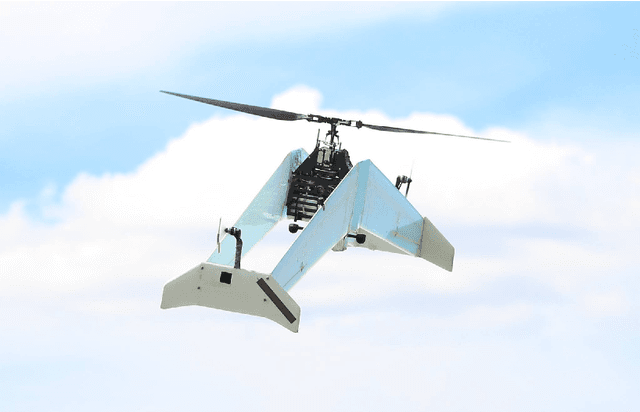
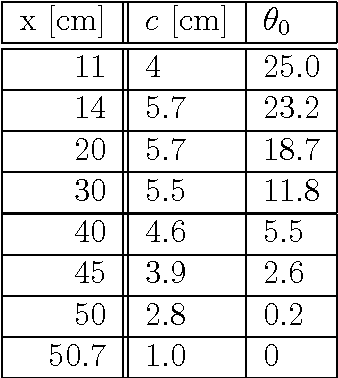
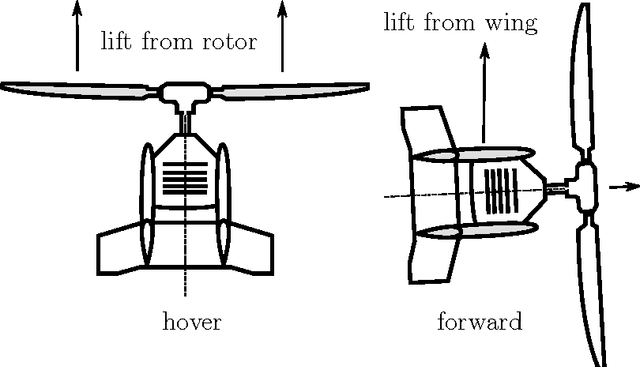
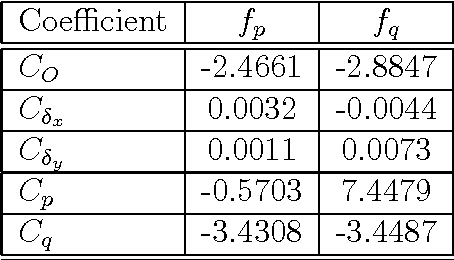
Abstract:To participate in the Outback Medical Express UAV Challenge 2016, a vehicle was designed and tested that can hover precisely, take-off and land vertically, fly fast forward efficiently and use computer vision to locate a person and a suitable landing location. A rotor blade was designed that can deliver sufficient thrust in hover, while still being efficient in fast forward flight. Energy measurements and windtunnel tests were performed. A rotor-head and corresponding control algorithms were developed to allow transitioning flight with the non-conventional rotor dynamics. Dedicated electronics were designed that meet vehicle needs and regulations to allow safe flight beyond visual line of sight. Vision based search and guidance algorithms were developed and tested. Flight tests and a competition participation illustrate the applicability of the DelftaCopter concept.
 Add to Chrome
Add to Chrome Add to Firefox
Add to Firefox Add to Edge
Add to Edge